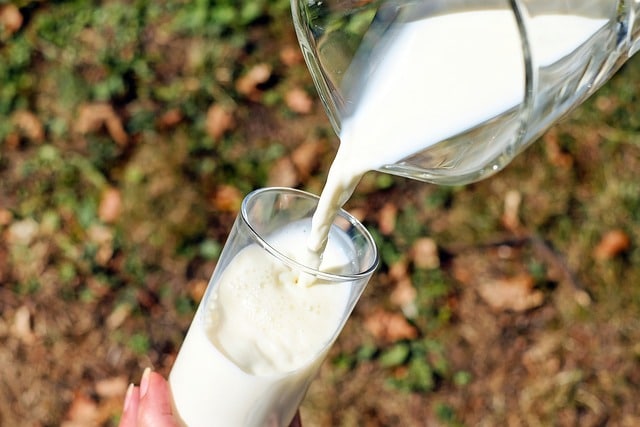
"Pencil" is a countable noun.
The idea of a noun is used in the field of grammar to refer to the class of words also known as names . Nouns or names have number and gender, designate different types of entities and can develop nominal phrases with different syntactic roles.
The adjective "countable ," meanwhile, comes from the Latin word "computabilis" and is used to describe something related to accounting or something that can be counted. What is countable, therefore, is susceptible to enumeration.
What is a countable noun
From these ideas , we can define what a countable noun is. This is the name given to a noun that constitutes a concept that can be considered in discrete units, which means that it can be counted .
Countable nouns are objects or beings that can appear in singular or plural . The case of non-countable or uncountable nouns is different, as they lack unity and cannot be counted.

While "glass" and "jar" are countable nouns, "milk" is an uncountable noun.
Some examples
Let's take the case of the word pencil . This refers to a utensil that, generally made of wood and covered with a graphite rod, is used for drawing or writing.
It is possible to distinguish between one pencil or many pencils: two pencils, eight pencils, forty-five pencils, eight hundred and twenty-three pencils, etc. Taking this into account, it can be said that pencil is a countable noun.
The same is true for the term persona. People can be numbered (six people, a dozen people, a million people), which shows that it is also a countable noun.
“Yesterday I bought three pairs of pants” (countable noun: pants ), “Marcos has five children” (countable noun: son ), “The house has two bathrooms” (countable nouns: house and bathroom ) and “Juan has already visited six countries” (countable noun: country ) are some expressions that serve as an example .
Countable vs. Uncountable Nouns
The possibility of being used in the singular or plural depending on the context and the designation of entities that can be counted in units are the main features of countable nouns. On the other hand, uncountable nouns can only be used in the singular or plural and refer to elements that cannot be divided into units.
These uncountable nouns, moreover, are not accompanied by numeral quantifiers. They can be accompanied by indefinite quantifiers .
Milk is an uncountable noun. Milk is not usually mentioned; in addition, to count, one must refer to a unit of volume or the object used to package it.
Thus, one can find phrases such as “My family drinks three litres of milk a week” or “I just bought five boxes of milk” . However, sentences such as “My family drinks three milks a week” or “I just bought five milks” are not correct (although these expressions can appear as a way of summarising or simplifying the “three litres of milk” or the “five boxes of milk” ).
Let's think about what happens with sport and football . Both are nouns, but sport is a countable noun ( “When I was young, I played three sports” ), while football is uncountable (you don't say “I usually analyse the football of different nations” ). Sport is used in the singular or plural; football , only in the singular .
